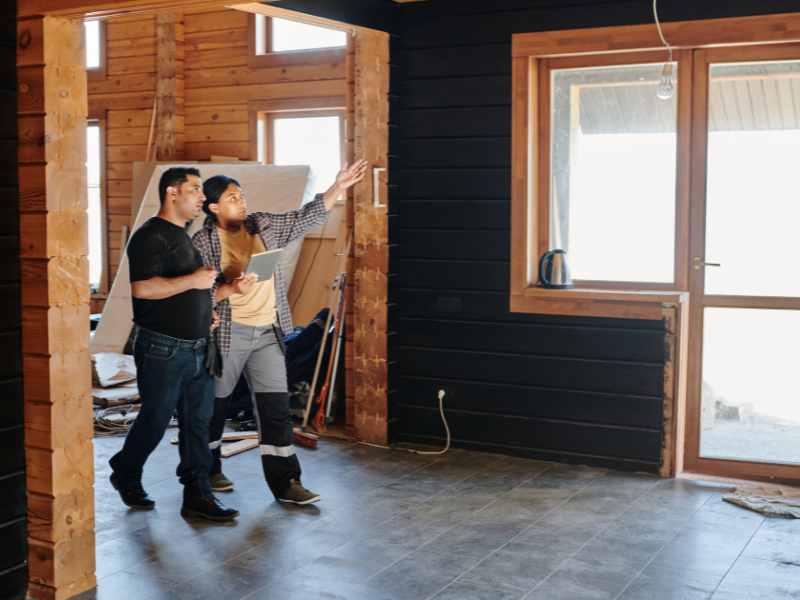Every organization’s choices are perfectly designated to get the results it gets.
Just like people, companies mature over the course of their lifespans, with each phase having varied priorities. When companies are founded, finding a market and scaling are of greatest importance. As the company grows, the leader must transition from founder to CEO, so hiring employees to delegating duties is crucial. Once the company is established and sustaining, the emphasis is on growth. And as a company grows, the more difficult it can be to maintain organizational alignment.
If you are a smaller company, the more efficient approach is to stay focused on what you do best. Building internal consulting capabilities is a function of size and scale, so it’s not something a start-up would or should consider. To correct alignment and get back on track and ensure an effective strategic alignment, hire an outside consultant to lead the organization design.
However, if your company is larger in size, there are two main options: hire an outside consultant or develop your own in-house operation design specialists for the most critical areas. Building internal consulting capabilities can be a great benefit for an organization over external consulting and many companies are choosing to grow or expand these positions. But it’s a very complex decision so prudently weigh the pros and cons for your particular situation. These factors can include:
1. Cost
Can you continue to afford to have consultants come in year-over-year to do the work, or does it make sense to start doing it internally so you can do it more often and, most importantly, continually. Outside consulting can cost well into the six-figures for each segment, and the larger the organization, the more business segments and/or verticals to cover. After the initial training investment, establishing internal consultants will usually eventually be more cost-effective. But the downside is that your organization is limited to the particular skills your internal consultants’ capabilities offer.
2. Continuity
Internal consultants enable organizations to tweak and adjust their organization design almost continually. When hiring outside experts, the tendency is to wait until the results deteriorate to a critical level.
3. Return on Investment
Can you build the internal consultants’ capability to a strong enough point so the ROI justifies the expense of establishing the positions, versus just outsourcing to an external consultant on a case-by-case basis? Mastering any one subject matter usually takes a significant amount of training, practice, tools, resources, and hands-on experience. The investment necessary to do that, to have someone full-time in-house, can be tremendous. That said, leaders need to be wary of the penny-wise, pound-foolish trap. Being resistant to internal consulting because it will require an outlay of cash now, can end up costing a lot more money later when results suddenly tank; then you have no choice now but to hire outside alignment consultants.
The question of ROI is really one of the toughest that organizations have to grapple with. If you’re considering setting up internal consulting capability, you need to have a full understanding of the enabling activities that come with it. That can include special training, organization design certification, protocols for co-facilitating on other projects before they can lead by themselves, and providing the necessary tools.
This Old House
Deciding whether or not to develop internal consulting is further complicated because even the most prepared organization leaders truly have no idea what they are getting into. In my experience, I haven’t encountered an organization that fully understood just what a long and involved process implementing an effective redesign is. Despite all the best-laid plans, you can’t perfectly predict the future, so it always takes longer, costs more money, and is harder than initially prepared for, meaning you can’t just throw a new internal OD consultant into the redesign fire and expect them to get perfect results.
It’s like a kitchen remodel. Most homeowners are never truly prepared for the time, cost, and frustration that awaits them. That’s because 1) they don’t really grasp all that goes into the remodel because they don’t have the experience, and 2) they usually assume best-case scenarios where everything goes without a hitch. But there are always hiccups so that fantasy of having a new state-of-the-art kitchen finished in three months or less is more likely to take twice that amount of time—or more.
And the contractor will likely not disabuse them of that rose-colored-glasses outlook because if you tell most homeowners: Hey, it’s going to take nine months of having your life and home and meals disrupted to get that new kitchen, they’re likely to be overwhelmed and opt-out.
Now imagine if the homeowners decide to do the remodel themselves. They can take all the carpentry 101 classes the local community college offers, apprentice with a local electrician for a couple months, and binge-watch This Old House until their eyes glaze over, but they still won’t be truly prepared to complete the remodel on their own.
So one of two things happens. They go it alone, make a myriad of mistakes that cost them a lot of wasted time and money, and the remodel result won’t live up to their expectations. Or they hire a contractor, work alongside them and the subs, and get hands-on experience learning from experts. So that the next time the homeowners want to remodel a room of their house, they will have the skills, the right tools, and the experience to do the job on their own and get results closer to their original intent.
Organization leaders need to realize that even after you invest in hiring and training internal OD consultants, they won’t be experts, and they won’t have the capability to do a redesign on their own. The more likely scenario is that the organizations will hire outside consultants that the internal OD person will work with and learn from for a period of time.
Going the internal consultant route takes time, money, and patience. But in the end, the internal consultant has an advantage over any outsider because they know the company better and have a deeper understanding of culture, goals, and sought-after end results, so they will pay more attention to the little details. Eventually the internal consultant’s capability gap—the ability to finish the redesign—will close, and they will determine what areas need redesigning and in what order.
Lastly, you don’t want your internal consultant to try and do everything at once; you are best served if they start with just a few manageable items and get fully proficient at those. It’s always about the quality, not the quantity. Giving them the time to develop those skills will enable them to then share their knowledge with other leaders throughout the organization, who in turn can make better decisions, which benefits the organization and everyone in it.





